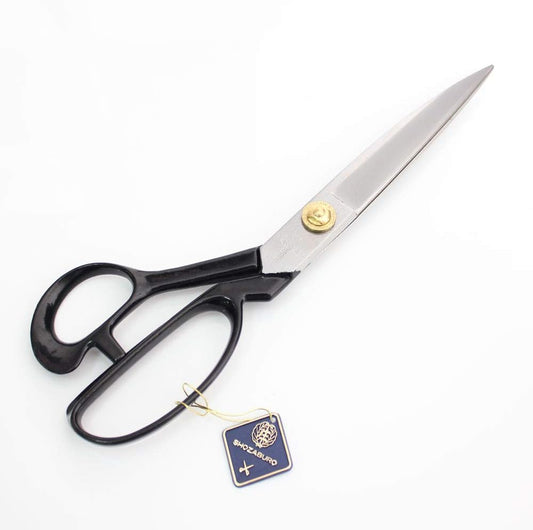2-ply, 3-ply and Damascus Steel: Layered Steel Explained

Layered steel is formed by combining several materials using pressure or forging to create a single steel component.
A prime example of this is the traditional Japanese sword (Katana). The Japanese sword is made by stacking three types of steel, then heating and forge-welding together using a hammer.
Many traditional Japanese knives and what is now referred to as Damascus steel also fall under composite steel.
Invention of Clad Metal
Traditional knife-making often starts by forge-welding a softer base metal with carbon steel. However, this step was labour-intensive for individual blacksmiths and hindered mass production.
To streamline this process and lighten the load for blacksmiths, Clad metal – a type of composite steel – was invented, paving the way for large-scale blade production.
What is 2-ply, 3-ply and multi-layered steel?
Clad metal is a production technique where the surface of one metal is bonded to the surface of a different metal using interatomic bonds applied under pressure. By merging other metals, clad metal can achieve properties that would be impossible for a single metal alone.

2-ply steel, formed by bonding two metals, is primarily used in single-edged knives, shears, chisels, and carpentry tools.

3-ply steel combines high-quality core steel with more affordable outer layers, offering sharpness and durability. Due to its cost-effectiveness, it is widely used for modern knife-making.
Damascus Steel Unveiled
Multi-layered steel with three or more layers is often referred to as Damascus steel. The distinct patterns seen on popular Damascus knives are created from multi-layered steel.

Historically, Damascus Steel, named after the city in Syria, was another term for Wootz steel produced in ancient India. It was characterised by its wood grain-like pattern and was a form of carbon steel.
The unique Damascus patterns were due to the low purity of metals back then. Impurities in molten metal resulted in uneven cooling and solidification, creating patterns resembling waves or wood grains when stretched and polished.
Nowadays, with advances in purification, the natural patterns are lost. It could be said that the original Damascus patterns were a by-product of lower purity levels.
Modern Damascus

Modern Damascus steel is produced quite differently. It is made by layering different metals to create its one-of-a-kind signature pattern.
However, buyers should be wary of fakes: some products merely have laser-engraved patterns on stainless steel, riding on the popularity of Damascus steel. These imitations do not offer the benefits of composite steel, and their surface scratches can even compromise the blade's sharpness.
Coreless Steel

The coreless layered steel is a new material method, utilising the stainless layering technology of TAKEFU SPECIAL STEEL. Its main feature is the absence of a core material. By layering two distinct steels (VG-10 and VG-2) dozens of times and then pressing them together, a blade with a consistent pattern down to the edge is produced.

Composite steel tends to result in thicker blades, making knives and shears heavier. The thickness can influence the cutting experience, and the sharpness is typically on par with the core material.
In contrast, the coreless steel method allows the carbide grains to be refined to their limits. This refining process results in knives that offer superior sharpness, durability, and toughness. The charm of Coreless Damascus steel lies in the blade's direct contact with food, and the subtle pattern changes each time it's sharpened.
Related products
-
Shozaburo Dressmaking Shears, 240mm, High Carbon Layered Steel
Regular price £84.00 GBPRegular priceUnit price per£84.00 GBPSale price £84.00 GBPSold out -
Blue Carbon Steel Garden Scissors, Hasami-Masamune 215mm
Regular price £48.00 GBPRegular priceUnit price per£54.00 GBPSale price £48.00 GBPSale

